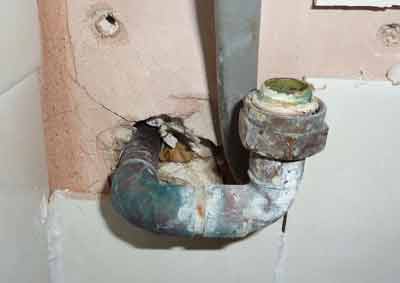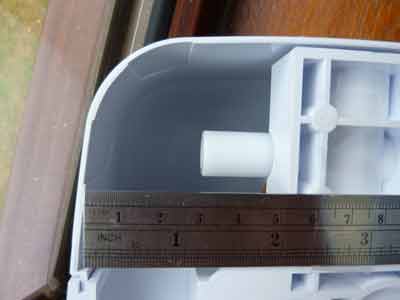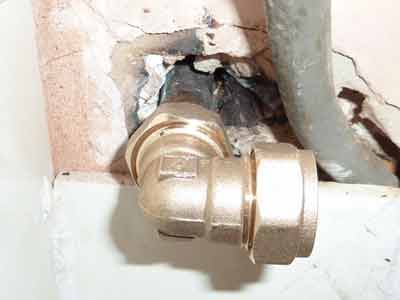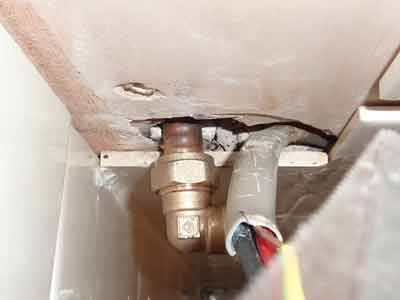by ericmark »
Mon May 30, 2011 1:37 am
BS7671:2001 has been replaced with BS7671:2008 and amendment one is due out soon.
The whole question of bonding in a bathroom depends on which edition your bathroom has been wired to as with 17th Edition all electrical items in the bathroom (including the lights) need RCD protection. And if the room complies with this then bonding is not required. See below.
701.415.2 Supplementary equipotential bonding
Local supplementary equipotential bonding according to Regulation 415.2 shall be established connecting together the terminals of the protective conductor of each circuit supplying
Class I and Class II equipment to the accessible extraneous-conductive-Parts, within a room containing a bath or shower, including the following:
(i) metallic pipes supplying services and metallic waste pipes (e.g. water. gas)
(ii) metallic central heating pipes and air conditioning systems
(iii) accessible metallic structural parts of the building (metallic door architraves. window frames and similar parts are not considered to be extraneous-conductive-parts unless they are connected to metallic structural parts of the building).
Supplementary equipotential bonding may be installed outside or inside rooms containing a bath or shower, preferably close to the point of entry of extraneous-conductive-parts into such rooms.
Where the location containing a bath or shower is in a building with a protective equipotential bonding system in accordance with Regulation
411.3.1.2, supplementary equipotential bonding may be omitted where all of the following conditions are met:
(i) All final circuits of the location comply with the requirements for automatic disconnection according to Regulation 411.3.2
(ii) All final circuits of the location have additional protection by means of an RCD in accordance with Regulation 701.411.3.3
(iii) All extraneous-conductive-parts of the location are effectively connected to the protective equipotential bonding according to Regulation 411.3.1.2.
NOTE: The effectiveness of the connection of extraneous-conductive-parts in the location to the main earthing terminal may be assessed. where necessary. by the application of Regulation 415.2.2.
Note 411.3.1.2 Protective equipotential bonding
In each installation main protective bonding conductors complying with Chapter 54 shall connect to the main
earthing terminal extraneous-conductive-parts including the following:
(i) Water installation pipes
(ii) Gas installation pipes
(iii) Other installation pipework and ducting
(iv) Central heating and air conditioning systems
(v) Exposed metallic structural parts of the building.
Connection of a lightning protection system to the protective equipotential bonding shall be made in accordance
with BS EN 62305.
Where an installation serves more than one building the above requirement shall be applied to each building.
To comply with the requirements of these Regulations it is also necessary to apply equipotential bonding to any metallic
sheath of a telecommunication cable. However, the consent of the owner or operator of the cable shall be obtained.
Since we don't know how your house is wired we can't give an answer as to what you need to do. Since it is not a like for like replacement you will need to inform the LABC and pay their fees. They in turn are responsible for safety and should instruct you as to what they will permit. However I would not want to rely on their expertise when they have looked at some of my work they seemed to have no or little electrical knowledge. But likely if I had not been qualified they would have used outside help.
In real terms it would be likely cheaper not to DIY and to use a registered electrician who can self certify the work.






